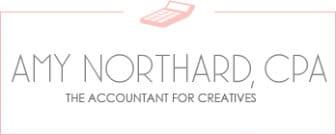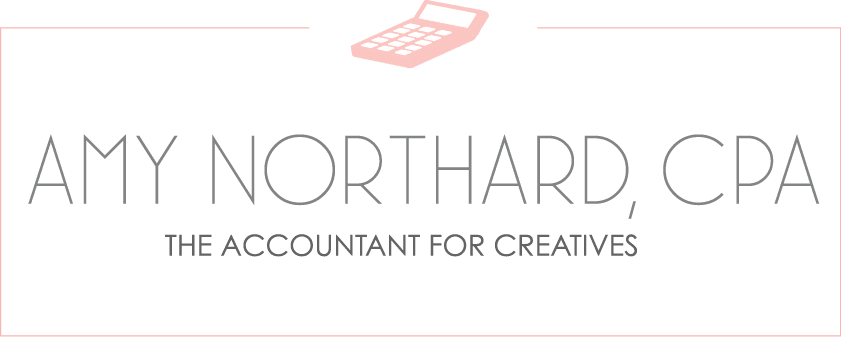“Ah, yes… working for myself! No one constantly telling me what to do. No more accounting department making out my checks. Wait… That means that I have to pay myself and pay my own taxes?” Take a deep breath, my friends. We can all get through this.
I am well aware of how hard it was for me to transition from working for a public accounting firm to working for myself. It doesn’t have to be such a shock if you know these five things:
Who needs to pay estimated taxes?
For those that are just starting out, you will need to try an estimation formula to figure out how much you might possibly owe. Here is one for your: Subtract your expenses from your income and multiply what’s left by 20% to get your federal tax and 10% to get your state tax.
If you estimate or know that you are planning on owing more than $1,000 to the IRS, you will want to make quarterly tax payments. Each state varies on their requirement for when you need to start paying in quarterly, so just look up your state’s department of revenue website and see what they require.
How do you know what to pay?
The amount you owe will depend on several things like tax deductions, tax credits, marriage status, number of dependents and several other variables. If you want a precise calculation, check in with your accountant. You can use the estimation method from above as well. Remember, this won’t be exact because you won’t know for sure how much you are going to make until the end of the year!
How do you make payments?
This is the easy part (It might be painful to write the check, but it will not be difficult!). Take another deep breath and go to the IRS website and print form 1040-ES vouchers. You’ll write in your name, address, social security number and amount you’re paying. If you’d rather pay online, go to EFTPS.gov, create an account, and make your payment. Check with your state to see if you can pay online, otherwise they should have vouchers, too.
What are the due dates?
Ok, so we have our estimated amount and we have figured out how to make the payments. Now it’s all about using our trusty calendars and setting them to remind us about a week ahead of the due date. Heads up: Be sure to check your state’s website for their due dates!
- Quarter 1 payment – April 15
- Quarter 2 payment – June 15
- Quarter 3 payment – September 15
- Quarter 4 payment – January 15
What should you do if you aren’t ready to make estimated taxes?
Save, save, save!
If possible, stock away 30% of your income after expenses. Move it into a savings account to keep it out of your spendable money. This is actually a good idea if you’re making estimated payments, too.
Now, I know there are times when you may need that money for personal reasons and if that’s the case, don’t beat yourself up about it. Just try to replenish the amount used right away so you have money available for tax payments. Trust me, you will feel so much better when you can simply write out that check instead of trying to figure out where to get it from!
Need help?
Email me and we can set up a consultation to discuss what I need from you so I can calculate the estimated tax payment for you.

